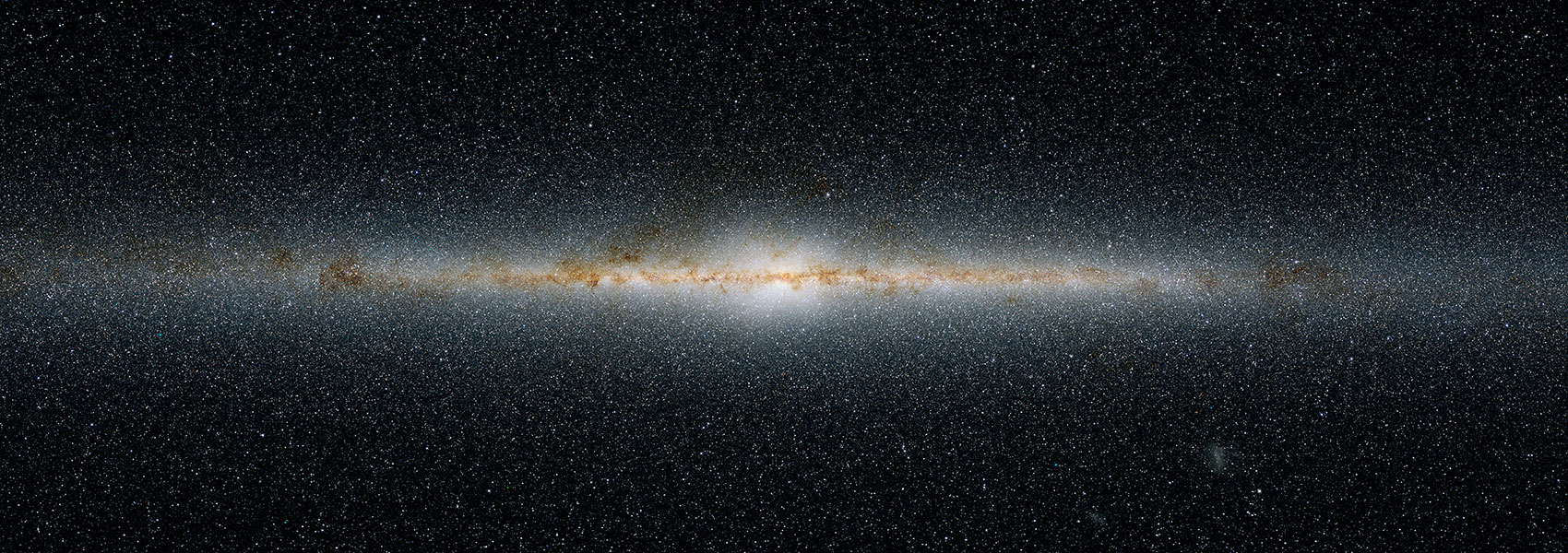2000
•
2000PhDT.........2R
Authors
•
Rebull, Luisa Marie
Abstract
•
We have photometrically monitored ~3600 young, low- mass stars in four 45' × 45' fields in the outer Orion Nebula Cluster (ONC), surrounding but not including the Trapezium region. The ~300 periodic variables we find do not produce the expected bimodal distribution. There is no unambiguous correlation of period with ( IC - Ks), ( H - Ks), and (U - V) color excesses or more indirect disk indicators; the slowest rotators are not necessarily the disk candidates, and the disk candidates are not necessarily the slow rotators, regardless of how one defines a disk candidate. To the extent that the small numbers allow, the disk candidates represent a constant fraction of the total sample to P = 15d, beyond which there are no disk candidates, inconsistent with the hypothesis that the more slowly rotating stars are more likely to have disks. We find an intriguing relationship between specific angular momentum (j) and some excesses, namely ( H - Ks) and the strongest ( U - V); whereas stars are found with j values ranging over ~106 - 108 km2s-1, disk candidates with these excesses are restricted to 106.5 < j < 107.5 km2s-1. A similar relationship is not found for the (IC - Ks) disk candidates, nor in the less excessive ( U - V) candidates. There is no clear correlation between signal amplitude and period or log j. Other investigators have found differences in period distributions for stars more and less massive than 0.25 Msolar ; we find ambiguous evidence for differences in distributions of P and find no difference in those of log j on either side of this boundary, although for stars more massive than ~0.6 Msolar , values appear to cluster around j = 107 km2s-1. When comparing the log j distribution derived here to those for other clusters, we find that it is consistent with a population of stars draining angular momentum into disks. We conclude that disk locking may be operating, but it is not the complete solution to the problem of angular momentum distributions in young stars.
Links




